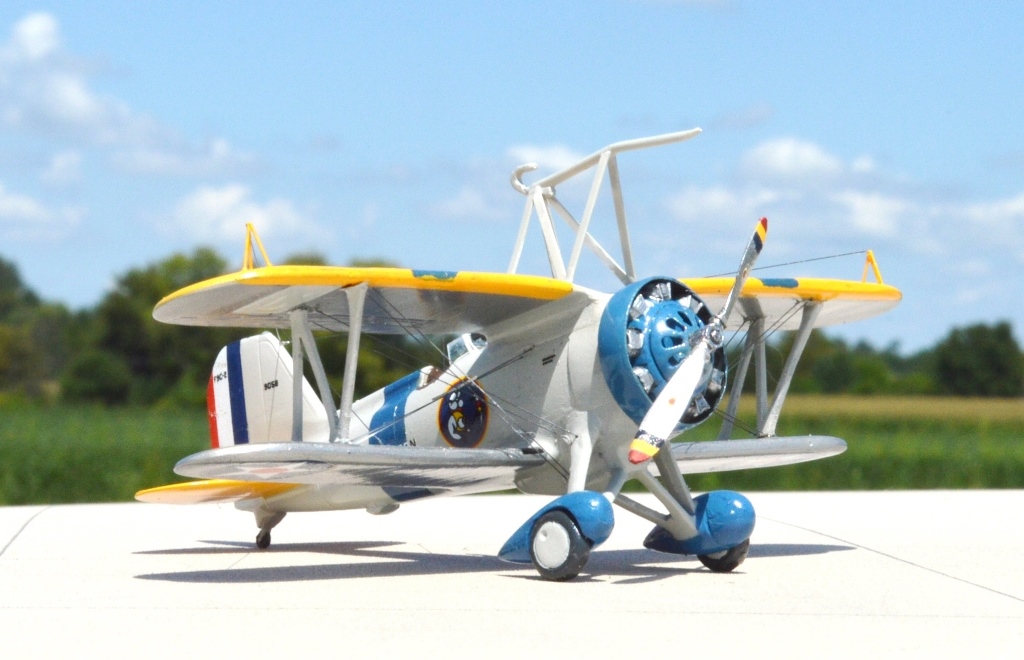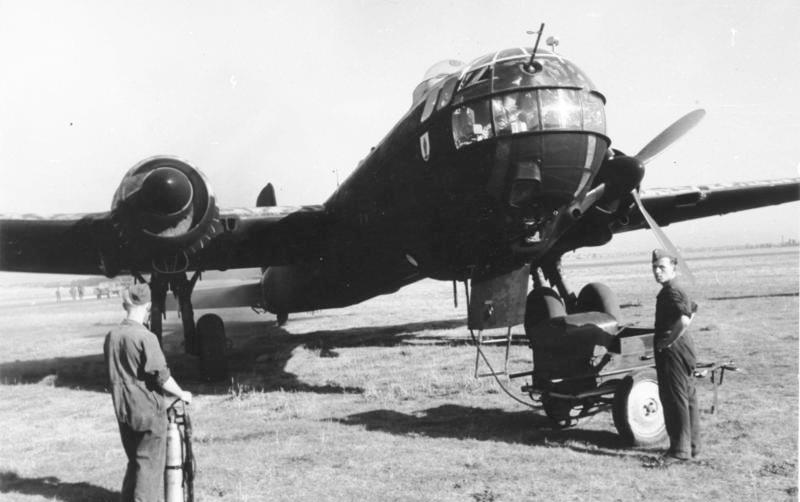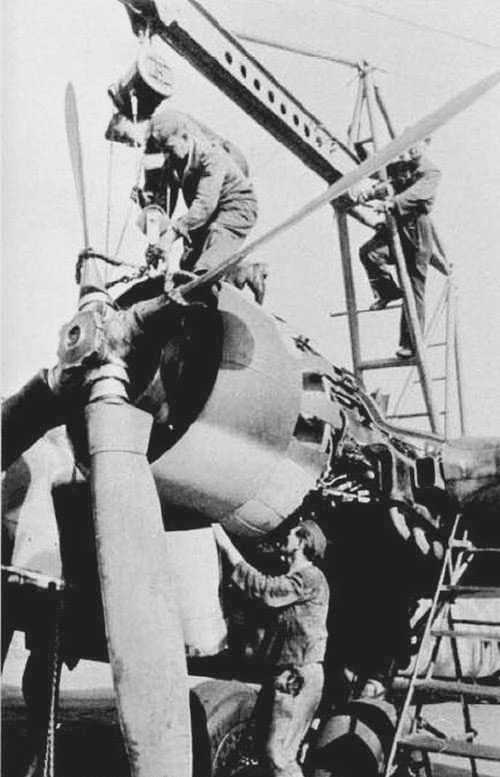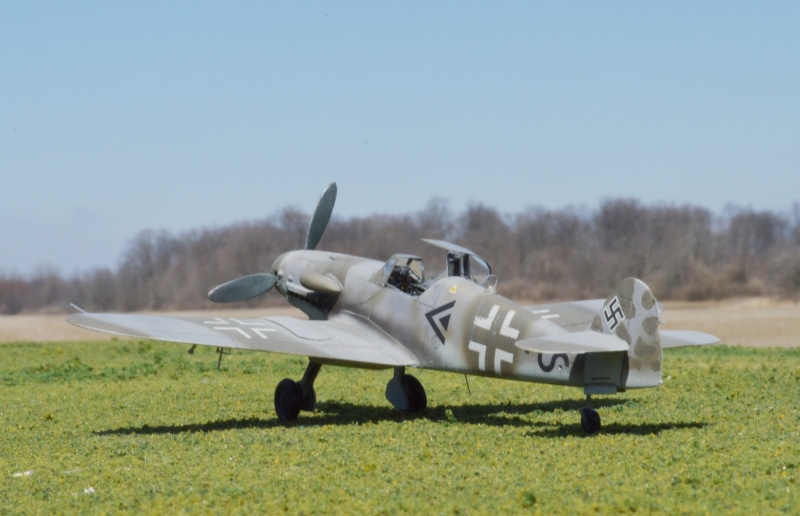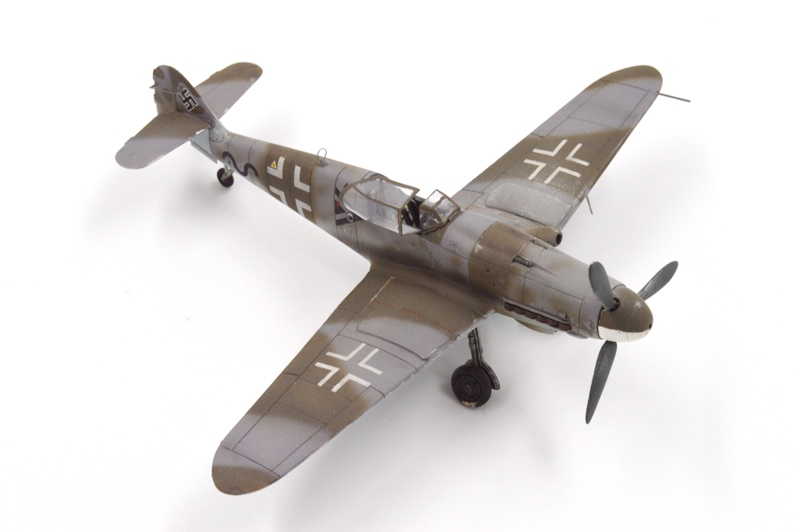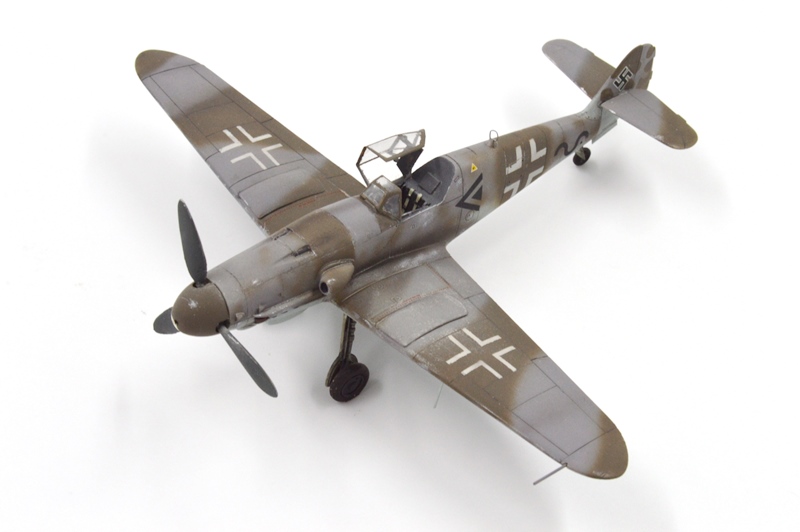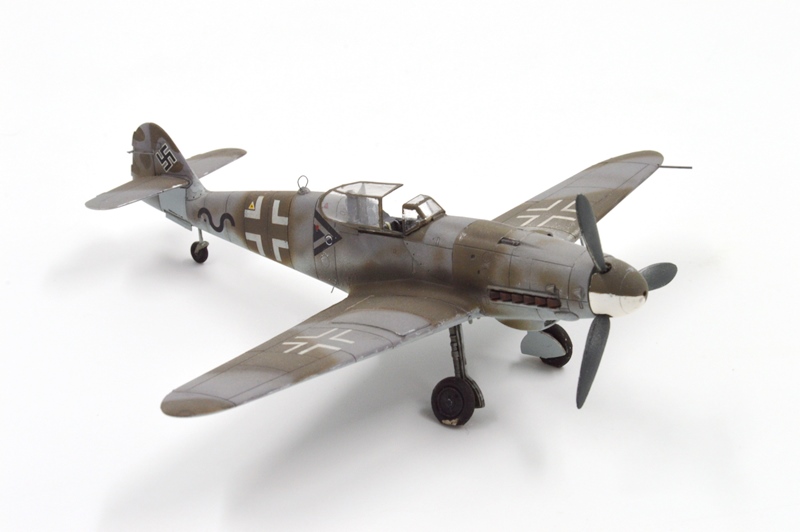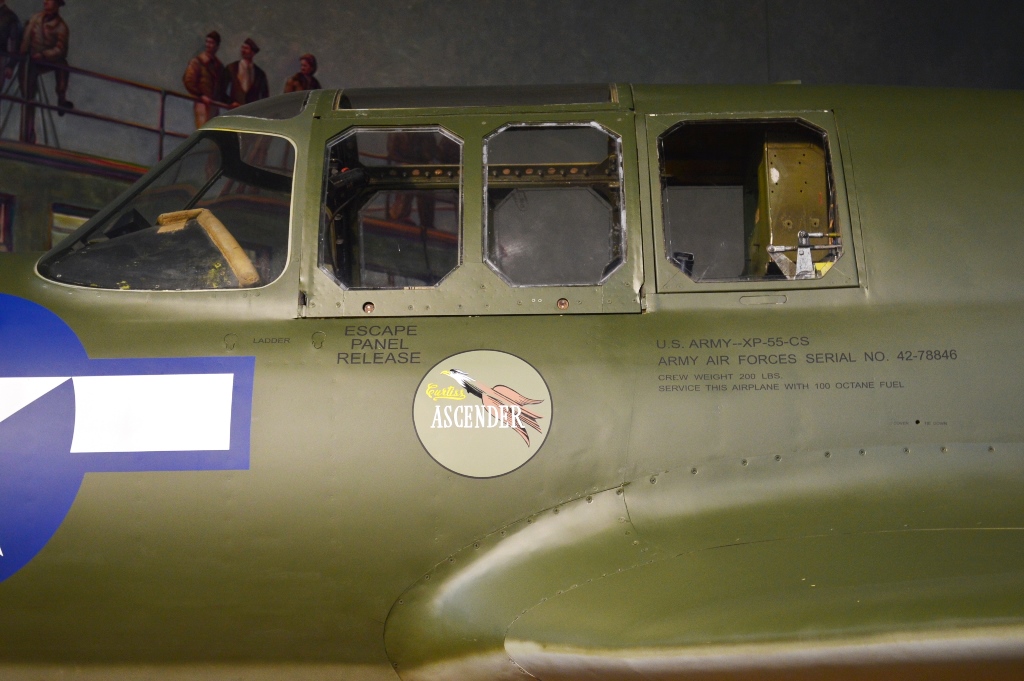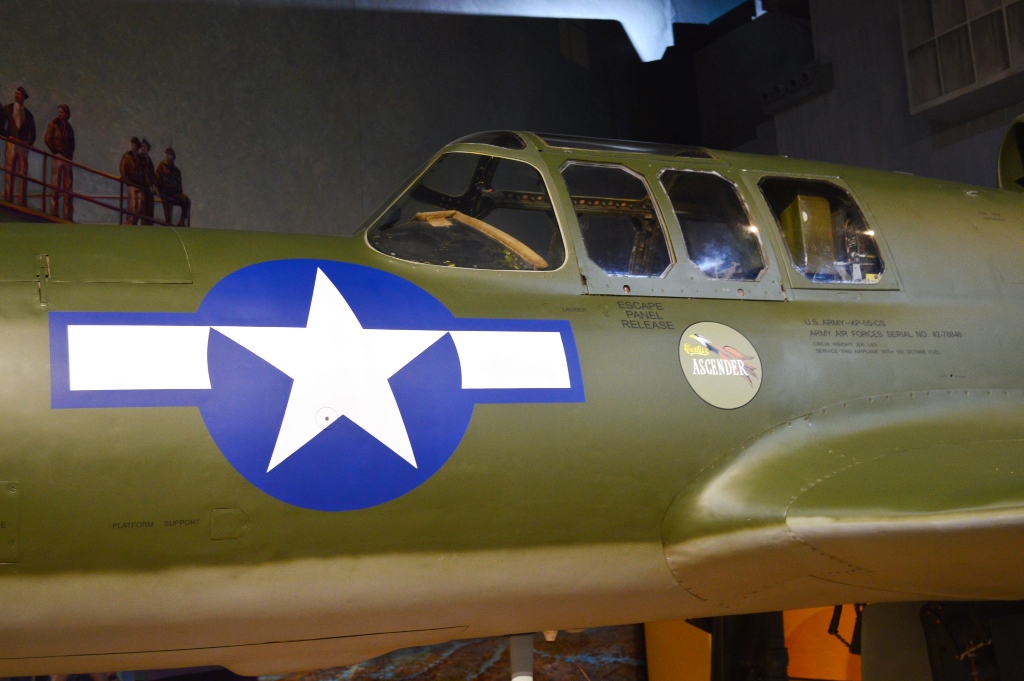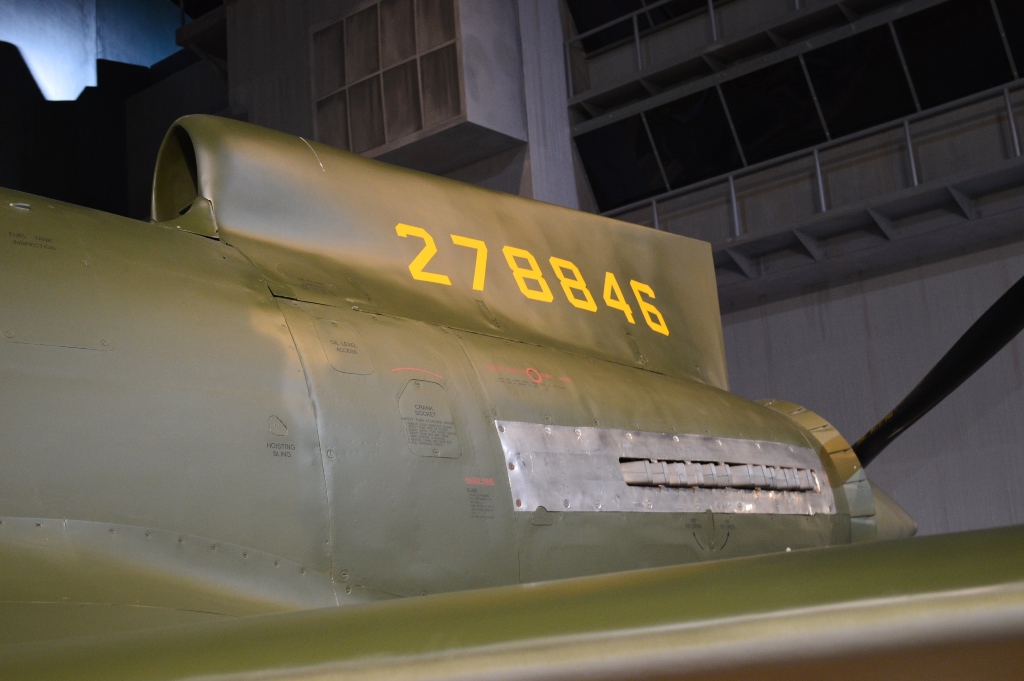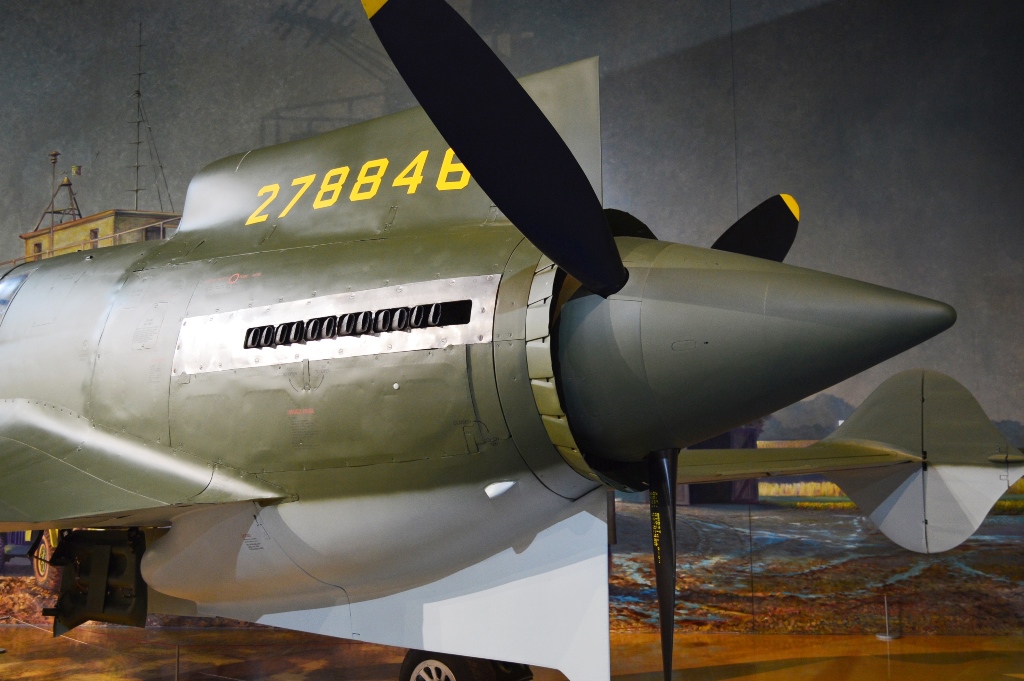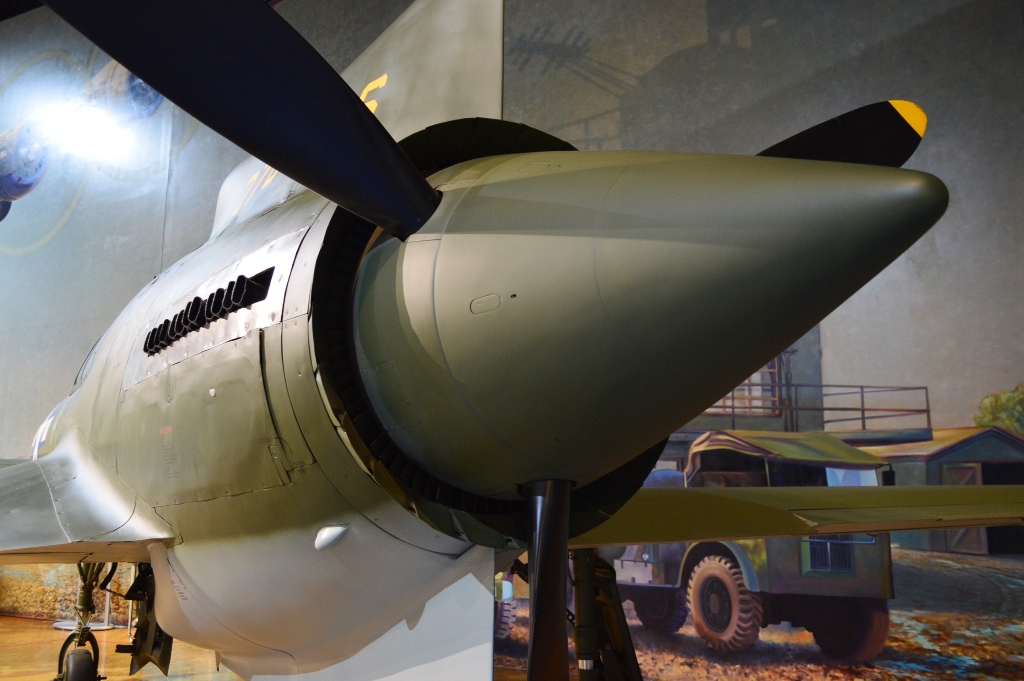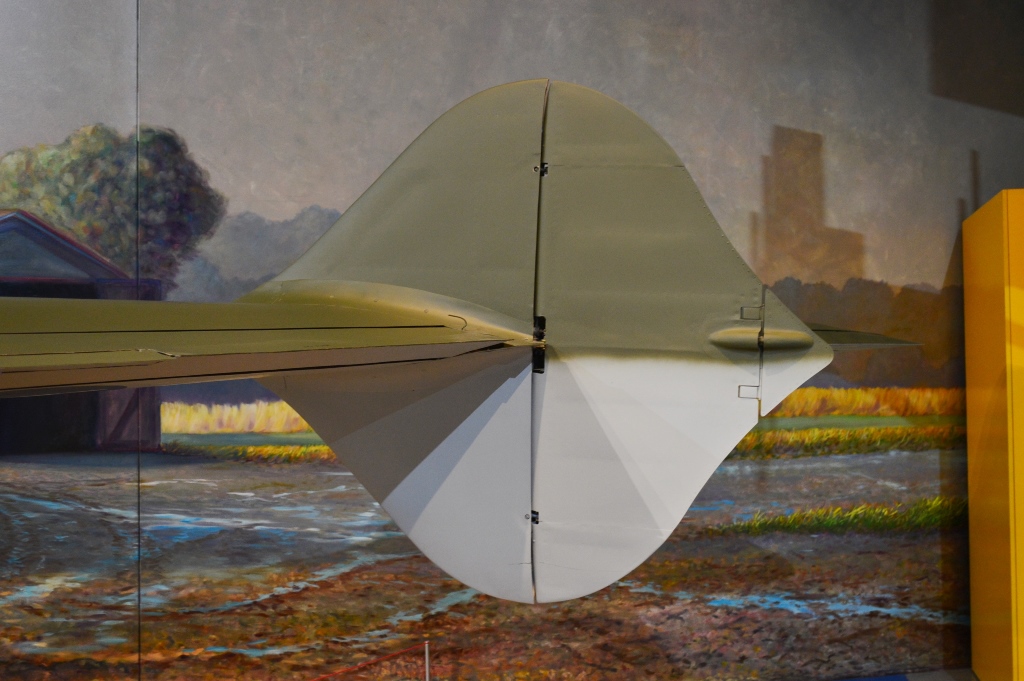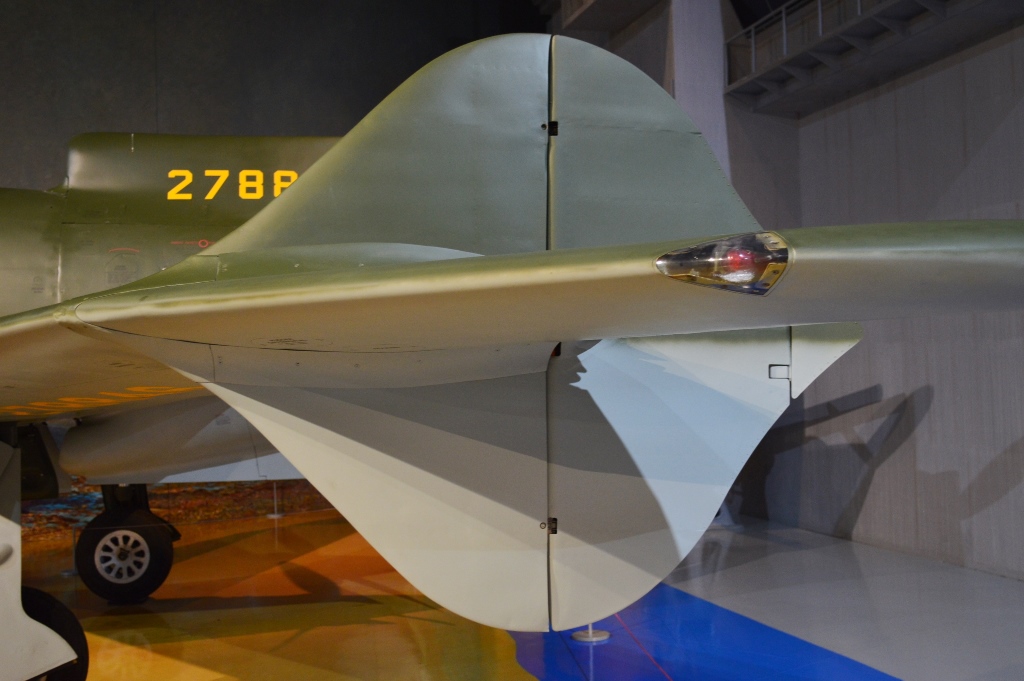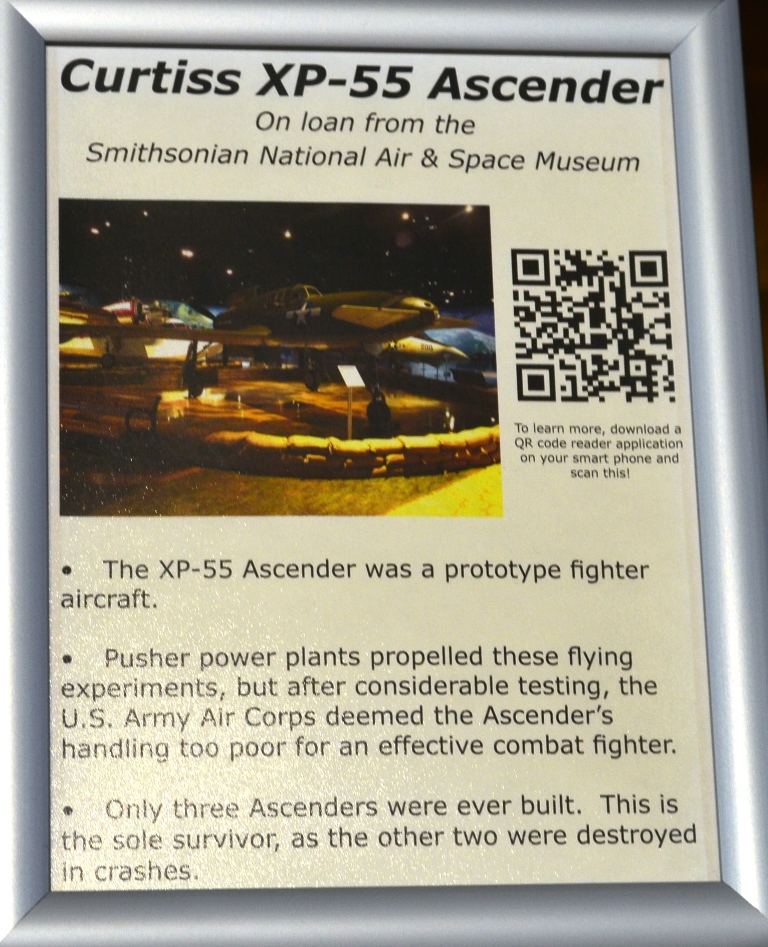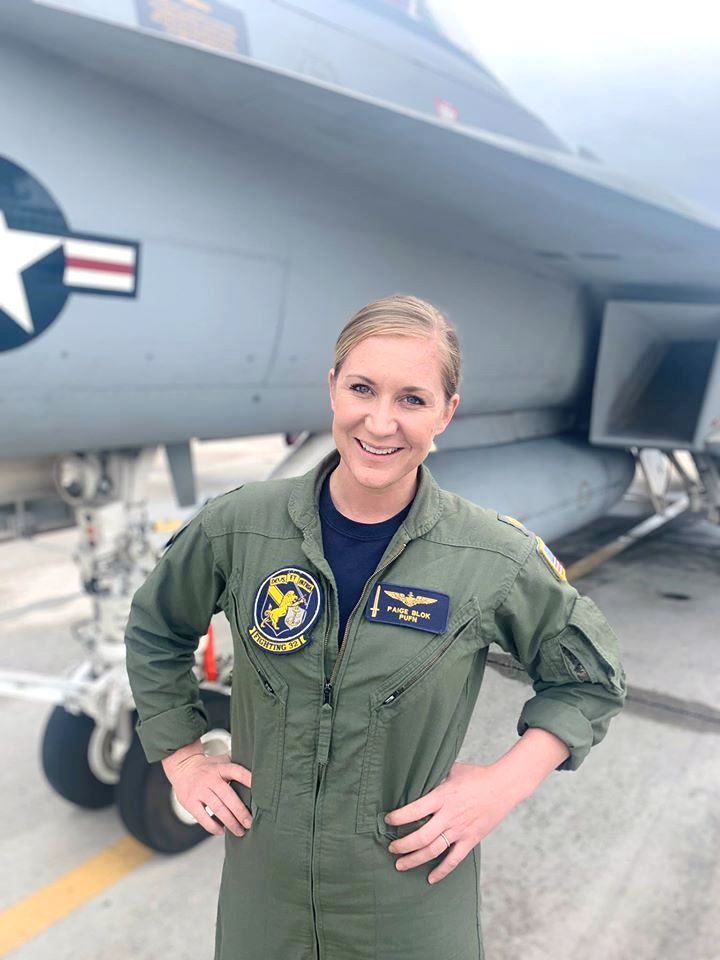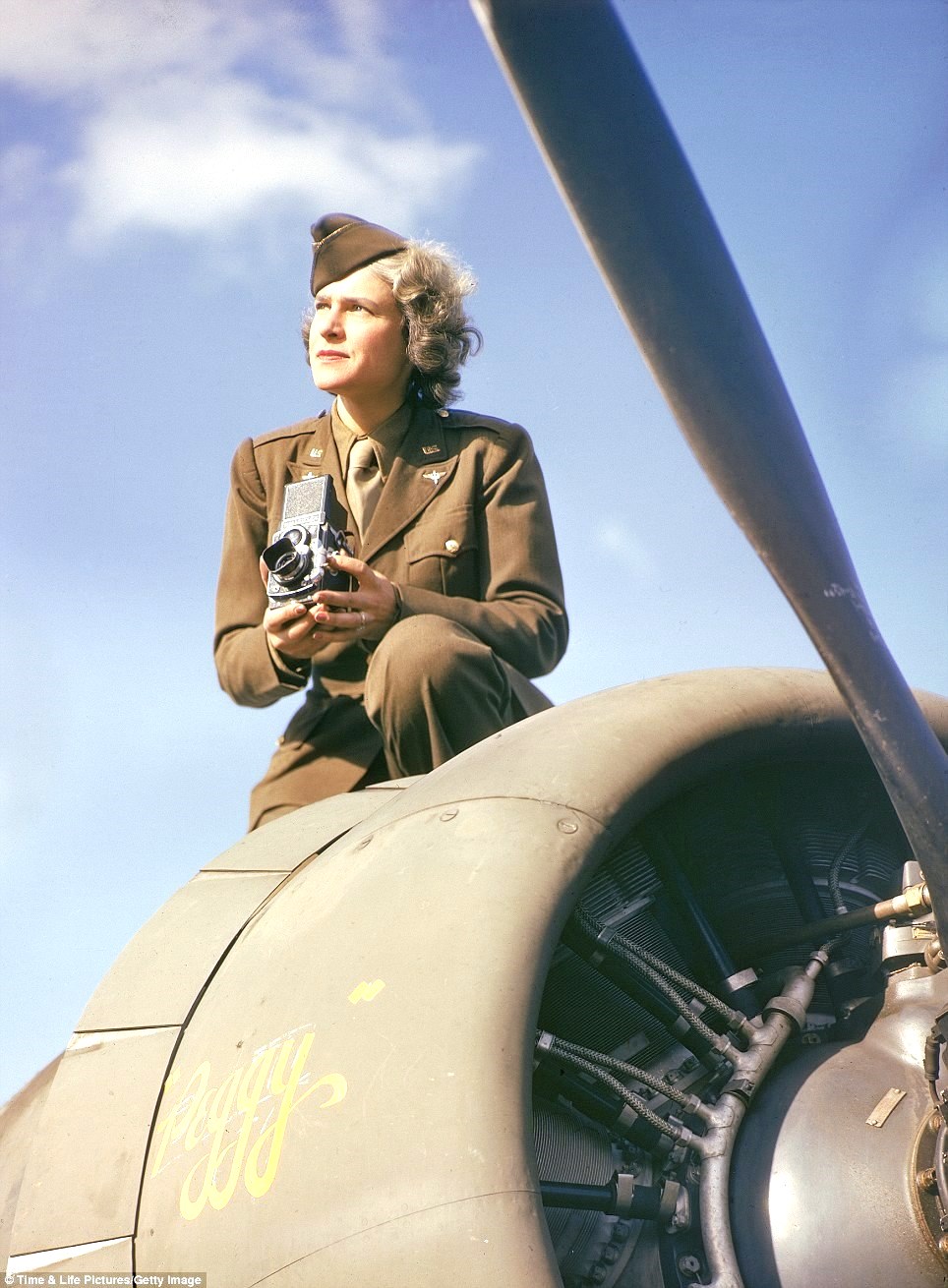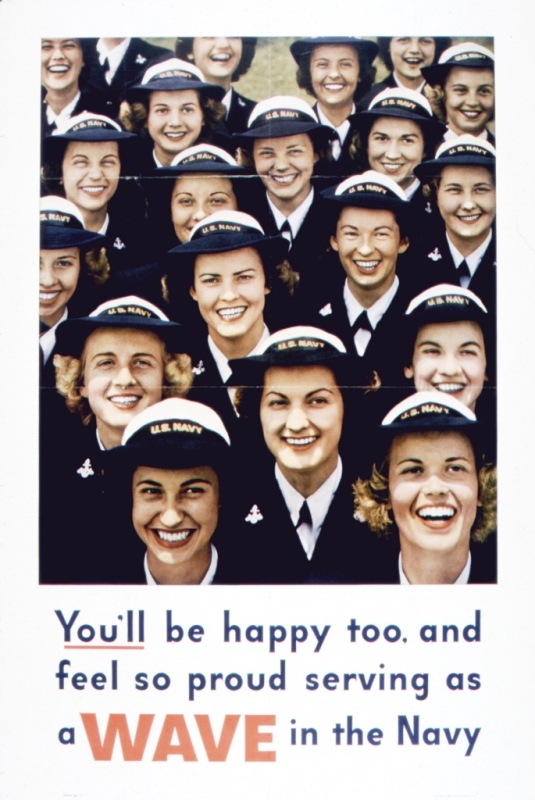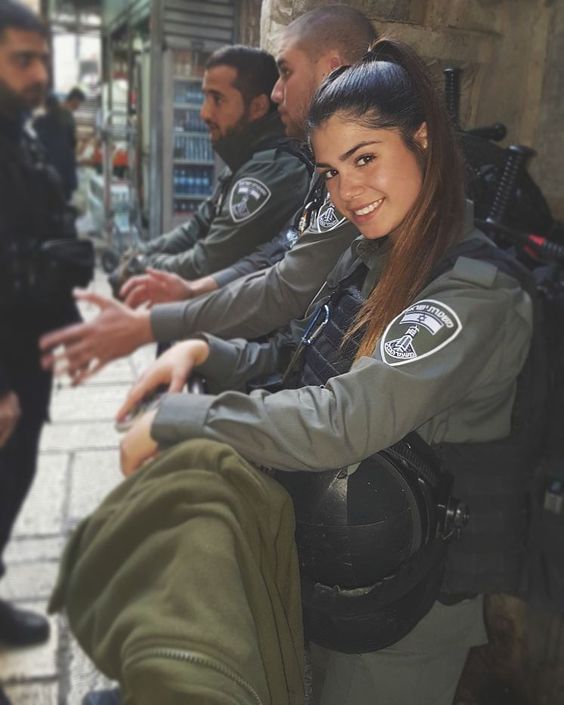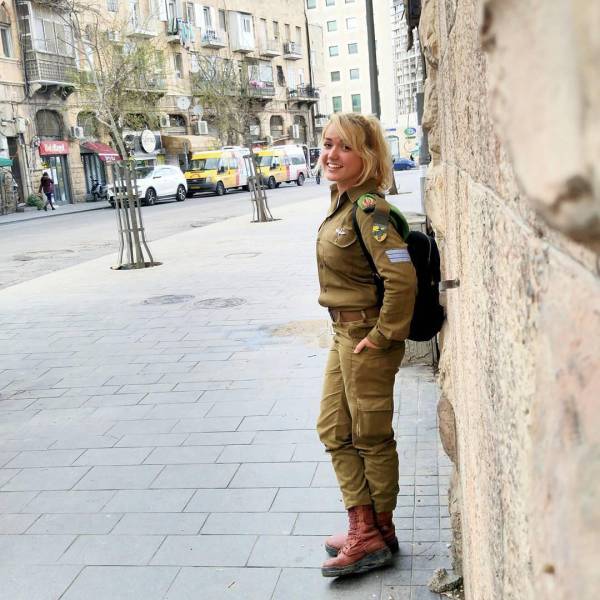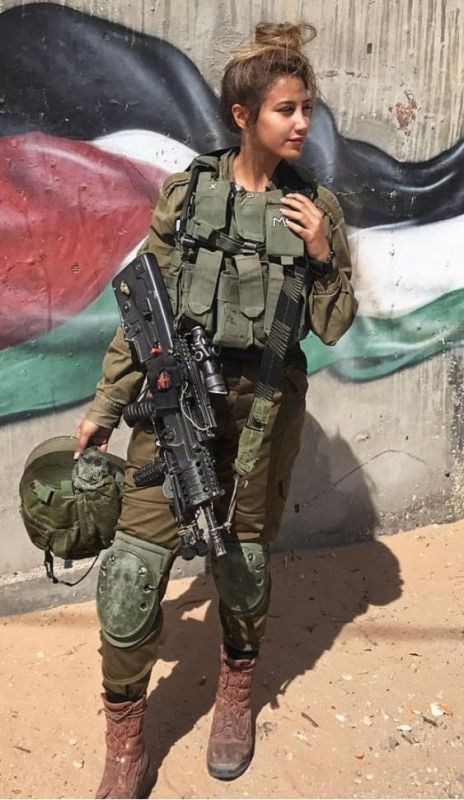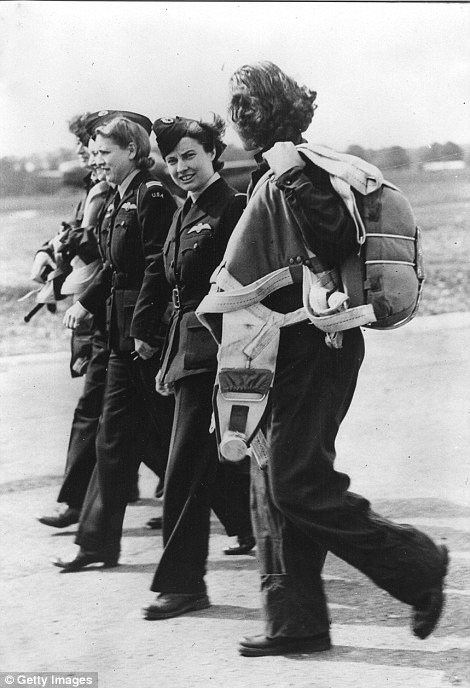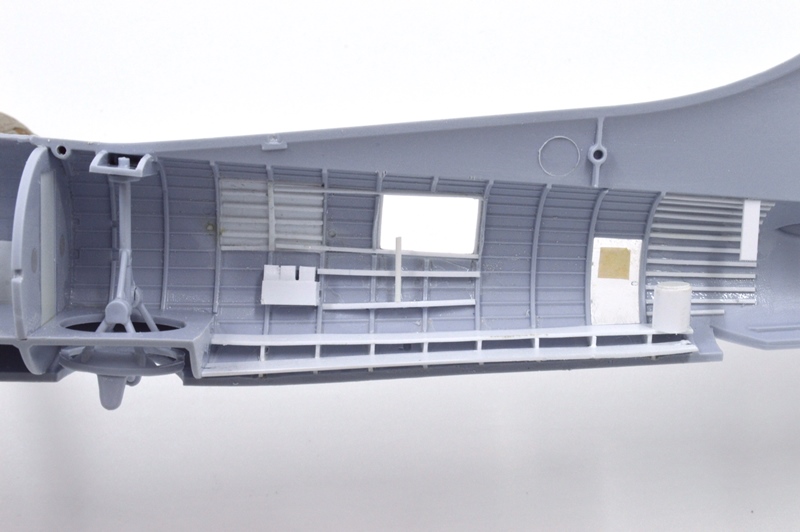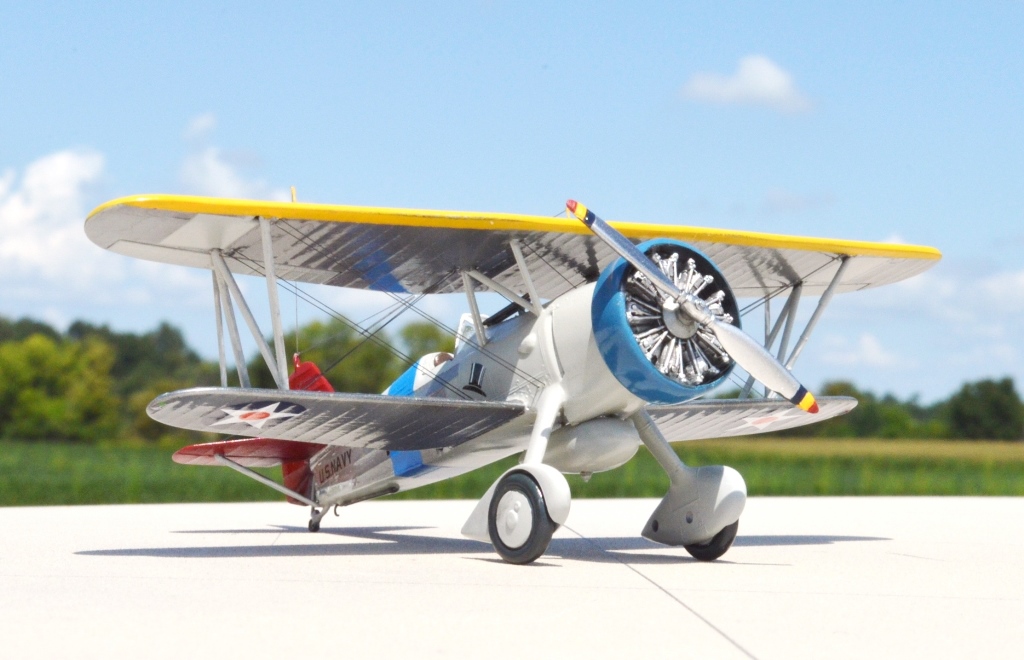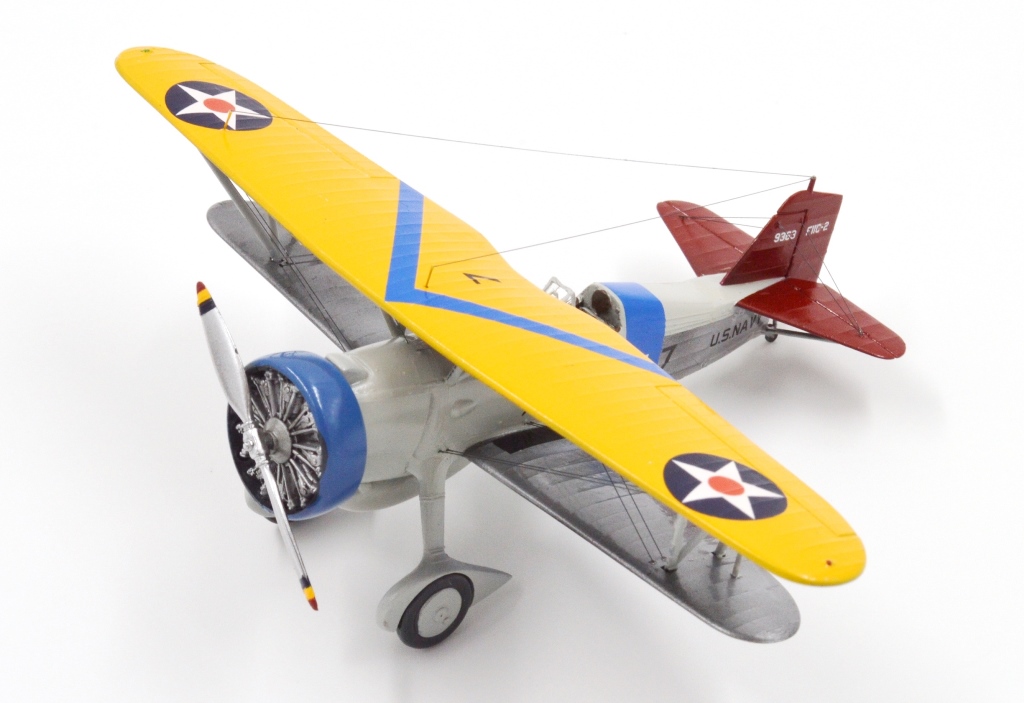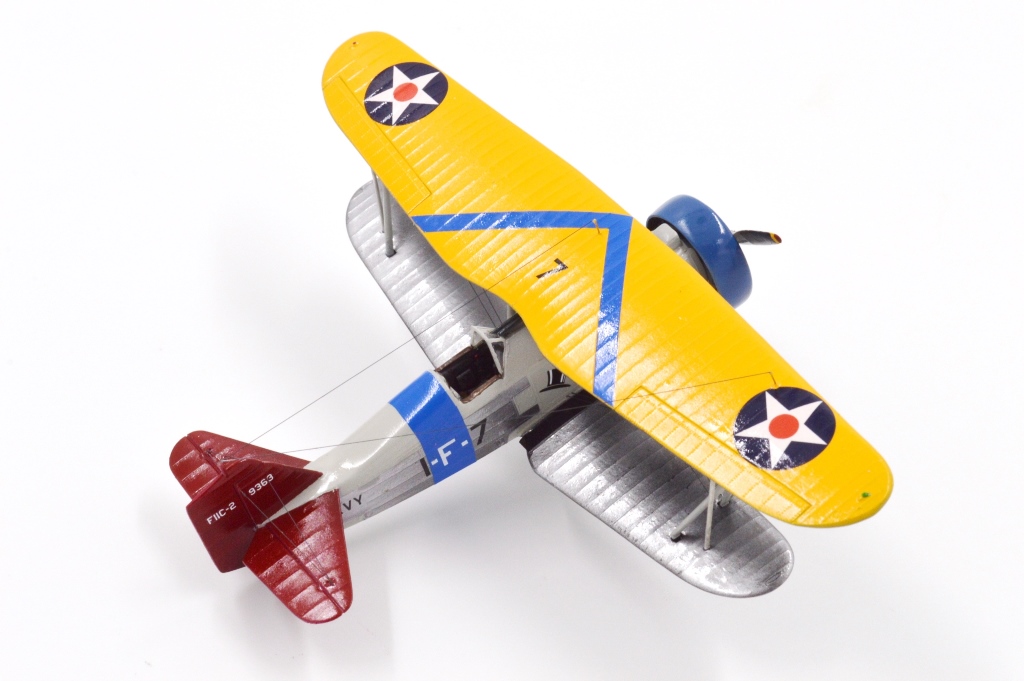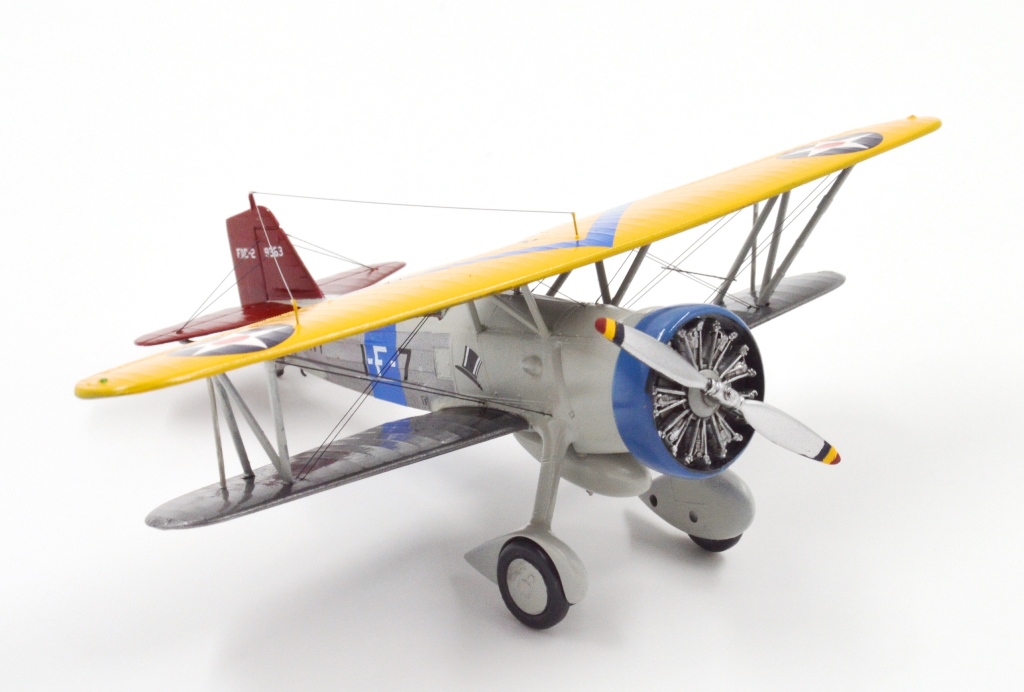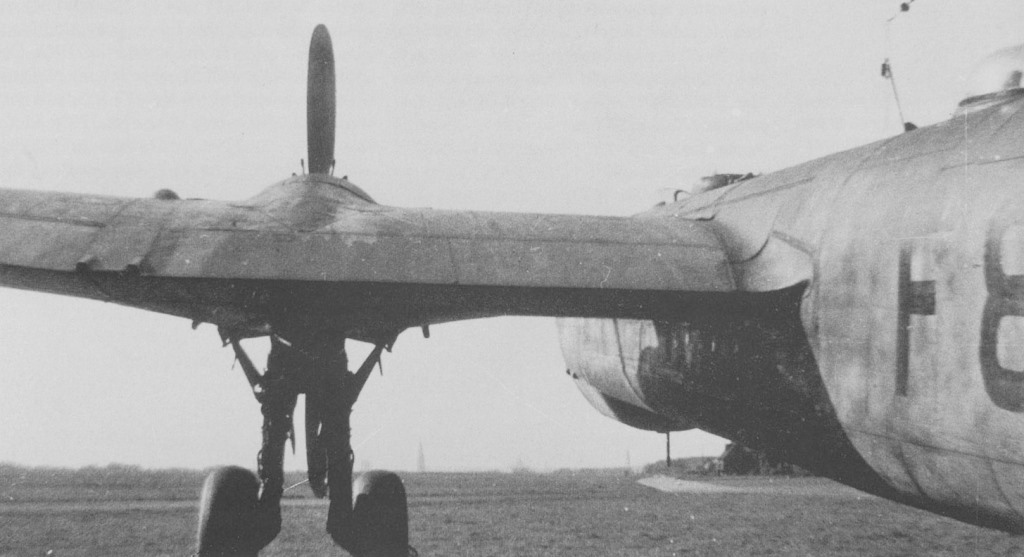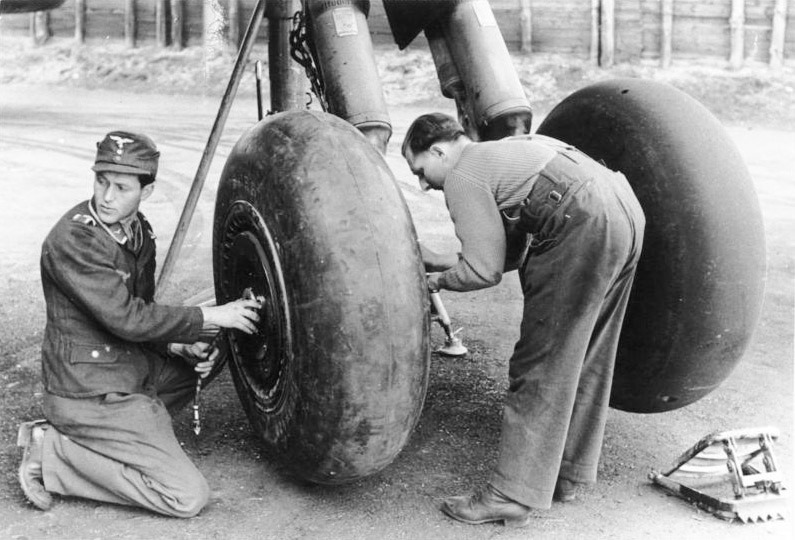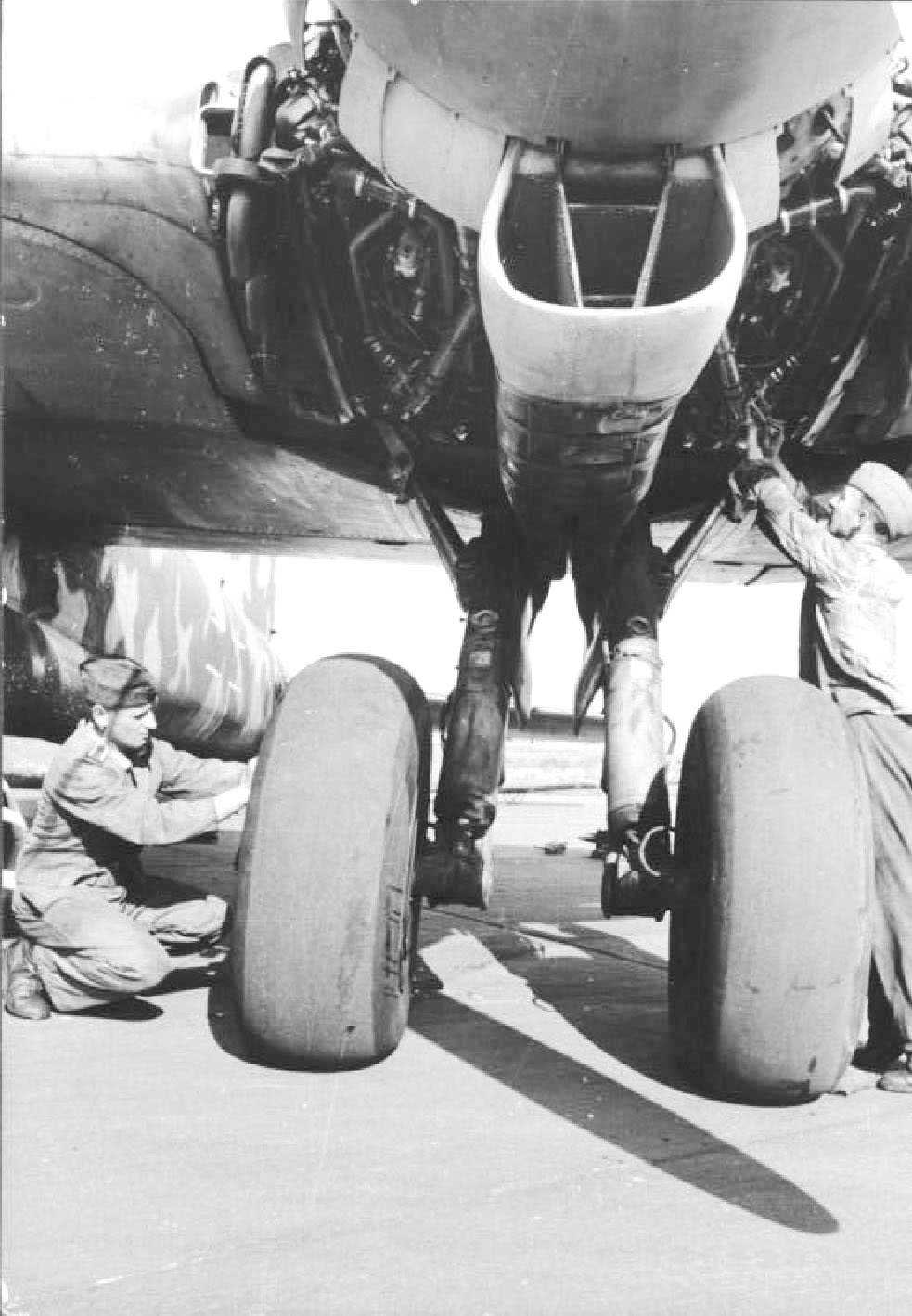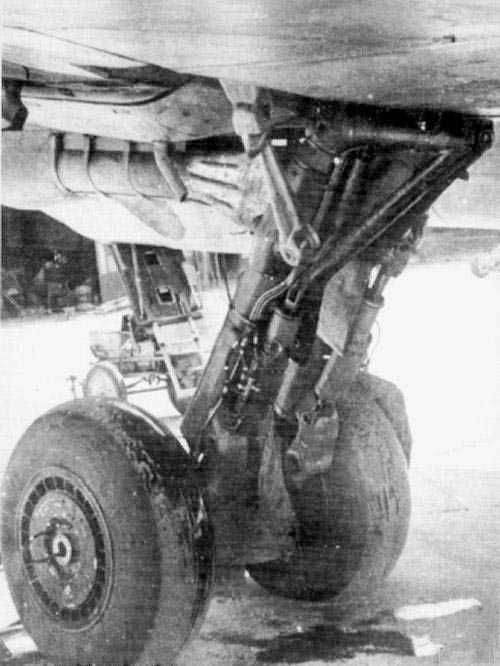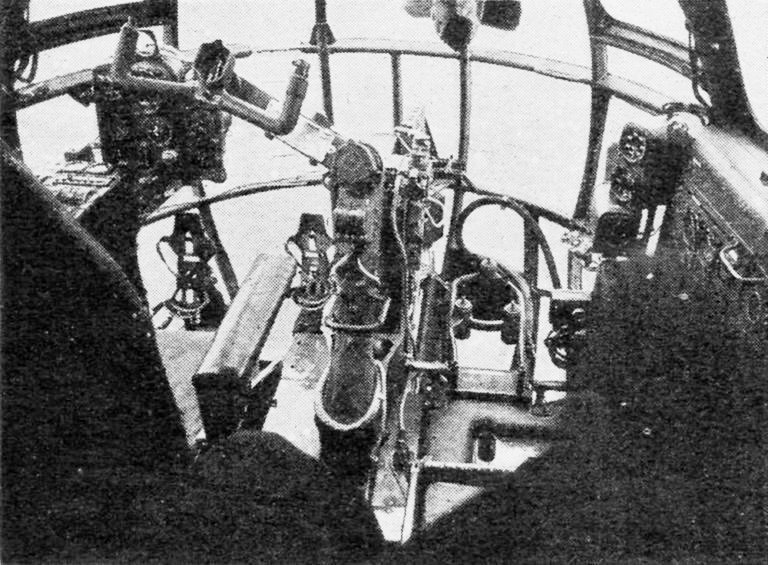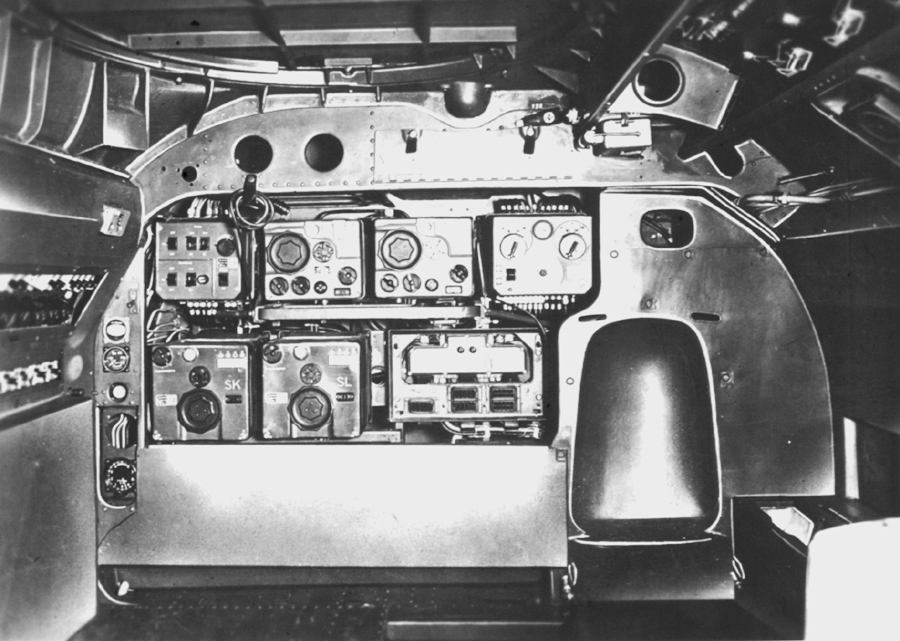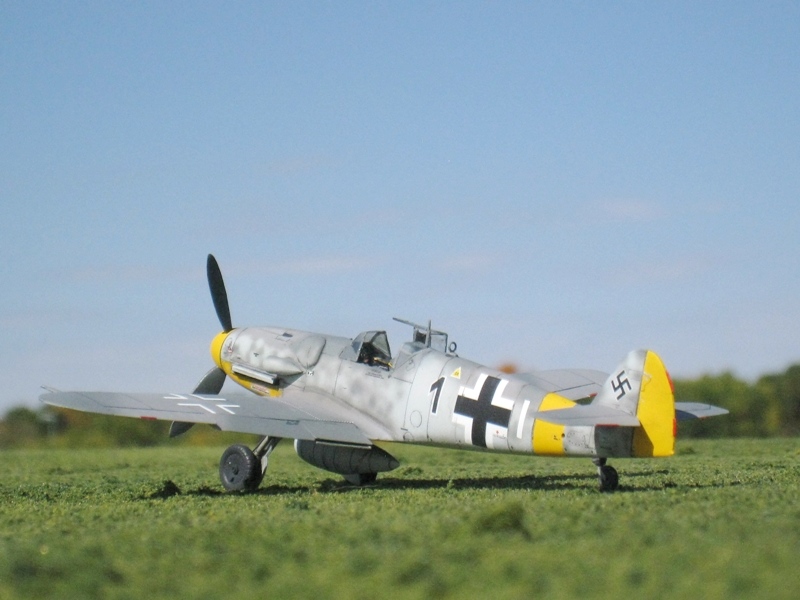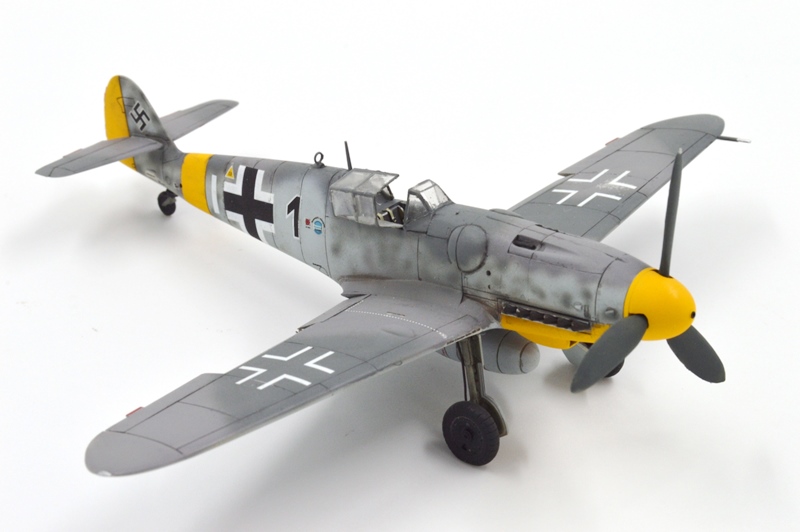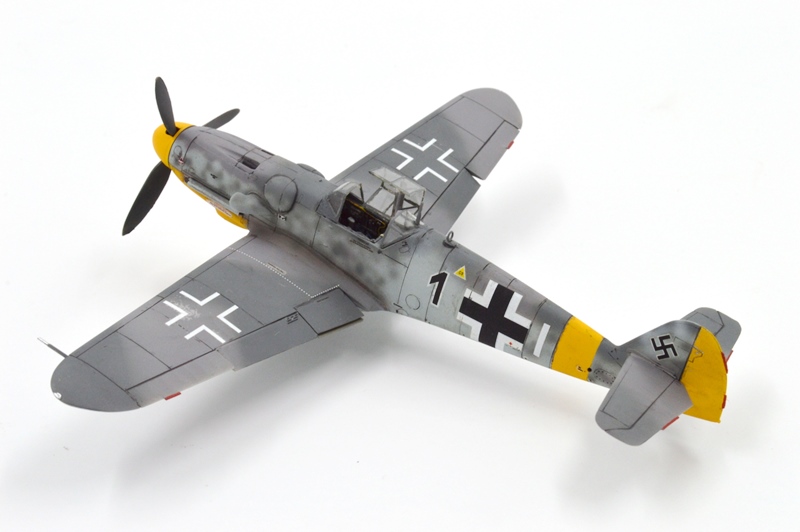
Battleship Ramillies: The Final Salvo
Edited by Ian Johnson with Mick French
Hardcover in dustjacket, 256 pages, well illustrated
Published by Seaforth Publishing June 2014
Language: English
ISBN-13: 978-1-84832-2110
Dimensions: 6.5 x 1.0 x 9.2 inches
HMS Ramillies was one of five Revenge class battleships built for the Royal Navy during World War I. Her main armament was eight 15 inch (381 mm) guns carried in four twin turrets. She was quite active during the Second World War. She was part of the escort for HMS Illustrious during the Toranto Raid, and her presence with Convoy HX 106 was enough to prevent the German battlecruisers Scharnhorst and Gneisenau from attacking. She was the flagship for the British invasion of Madagascar, and was torpedoed by a Japanese midget submarine there at Diego Suarez on 30MAY42. She participated in Operation Neptune, the naval portion of the Normandy Invasion where she expended over one thousand rounds of 15 inch. Her last major action in WWII was Operation Dragoon, the invasion of Southern France.
This book consists entirely of “sea stories” from the crew as collected by the HMS Ramillies Association. These are very personal accounts and vary greatly as each sailor tells his story from his own perspective. All seem to have a lasting affection for the ship and shipmates, Ramillies is consistently described as a clean ship and a happy ship. The Royal Marines are also represented, as are the wives and sweethearts.
Most accounts mention that HMS Ramillies was the first battleship to call on New Zealand, where her Captain was presented with a Māori warriors’ skirt, the piupiu. It was said to be able to protect the crew from harm if worn in action. The Captain did indeed wear the skirt, and the Ramillies suffered no losses due to enemy action while he was wearing it.
I enjoyed this book. It really conveys what life was like in the Royal Navy during WWII, both on the ship and ashore. Sailors from any navy will recognize much from these accounts, although some of the jargon is unique to the British – the Royal Navy is “The Andrew” and sailors are “matelots”. The book also contains several photographs, my one criticism is that they should have been reproduced in a larger format to better see the details. Recommended.
Note: The dustjacket on this copy is not torn, the “damage” is a rather odd artistic choice of the publisher and is printed on.




